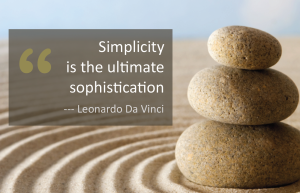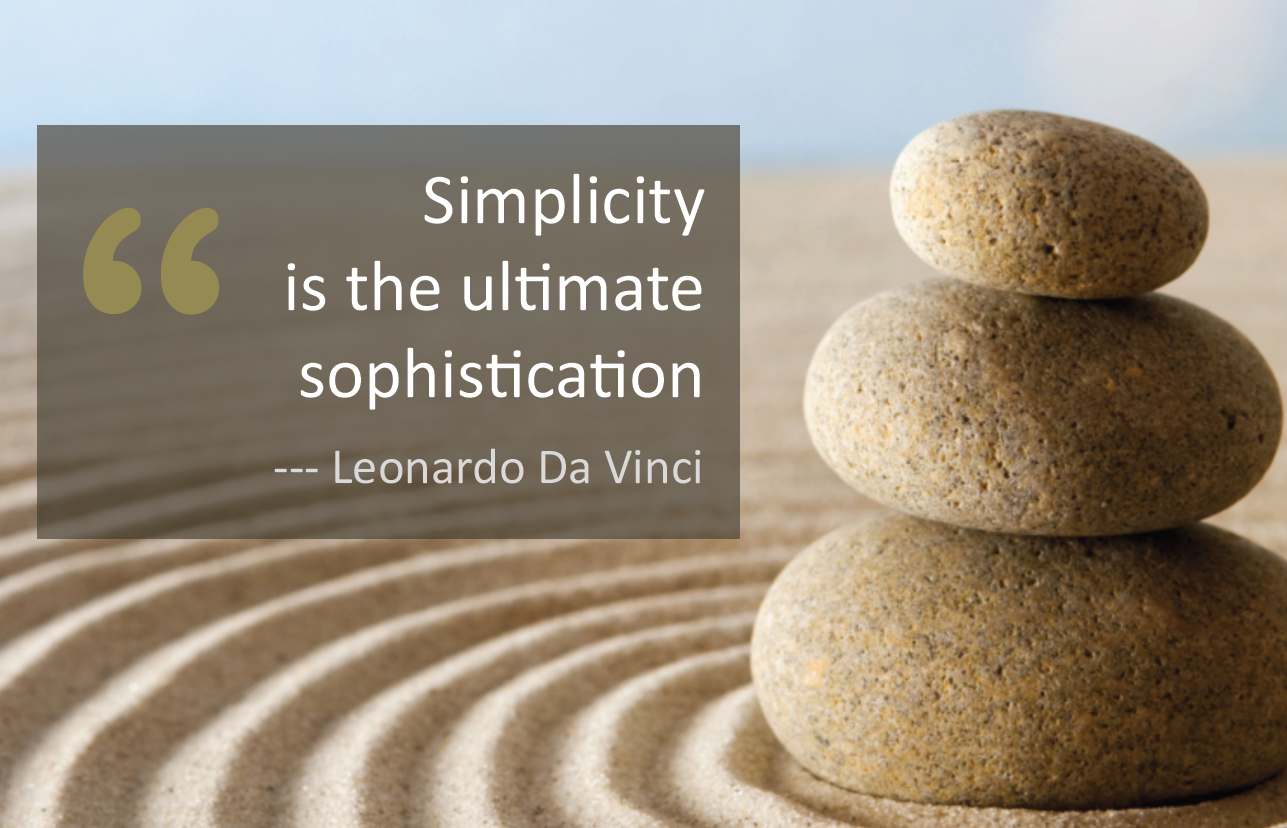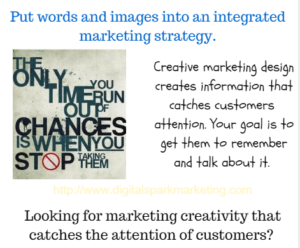Have you ever done any reading about Einstein and his writing on creativity and imagination? Do you desire how to be a creative thinker not destroy creativity?

Check out our thoughts on building innovation.
We are great fans of Albert Einstein and have written about many of his stories.
No greater source than Albert Einstein said the true sign of intelligence is not knowledge, but imagination.
As such, it is almost an indignity when learners are forced to stuff themselves full of facts. So full without bowing to the greater good of creativity and imagination.
Italy is known for tomatoes. Thailand for chilies. Germany for sauerkraut.
But tomatoes originated in Peru. Thailand imported chilies from Central America. Sauerkraut started in China.
Everything is a remix—and the world is better for it. Share what you know. Learn from others
It is by far the most overlooked part of a person’s learning. And it is a great way to destroy creativity and imagination.
Of the two, imagination is difficult to define. It is obviously an intellectual mechanism that takes existing data and reintroduces it in a variety of forms.
But what gives some people an abundance and others fear it? Research indicates imagination starts with a person’s play instinct.
This is the ability for us to recreate something with ourselves as a centerpiece. Imagination requires the reformation of existing outcomes – we call it a form of empathy.
You can stimulate such thinking with “What would happen” questions. Play and having fun is a great way to enhance imagination.
Truth be told, many peoples have rich and varied creativity and imagination. It can eke its way out if given a chance.
It includes musical, spatial, linguistic, math, relationships, and others that serve as a good base for developing both creativity as well as imagination.
Let me share a story with you. In 1960 two men made a bet. There was only $50 on the line, but millions of people would feel the impact of this little wager.
The first man, Bennett Cerf, was the founder of the publishing firm, Random House. The second man was named Theo Geisel, but you probably know him as Dr. Seuss. Cerf proposed the bet and challenged that Dr. Seuss would not be able to write an entertaining children’s book using only 50 different words.
Dr. Seuss took the bet and won. The result was a little book called Green Eggs and Ham. Since publication, Green Eggs and Ham has sold more than 200 million copies, making it the most popular of Seuss’s works and one of the best-selling children’s books in history.
At first glance, you might think this was a lucky fluke. A talented author plays a fun game with 50 words and ends up producing a hit. But there is actually more to this story and the lessons in it can help us become more creative and stick to better habits over the long-run.
But let’s examine what we can learn from Dr. Seuss. You see most of us limit our creativity and imagination abilities.
Here are the 16 most obvious ways you destroy your creativity and imagination. And more importantly some important pointers on what you should do to eliminate them:
Maintain the status quo
Working with a few new activities and new environments is a guaranteed way to limit both your imagination and creativity.
The true enemy of imagination is the acceptance of the status quo.
What to do:
Try to do and experience many new things. Do things differently.
This could be as simple as taking a new route to work or perhaps learning how to write with both hands.
The true enemy of imagination is the acceptance of the status quo.


